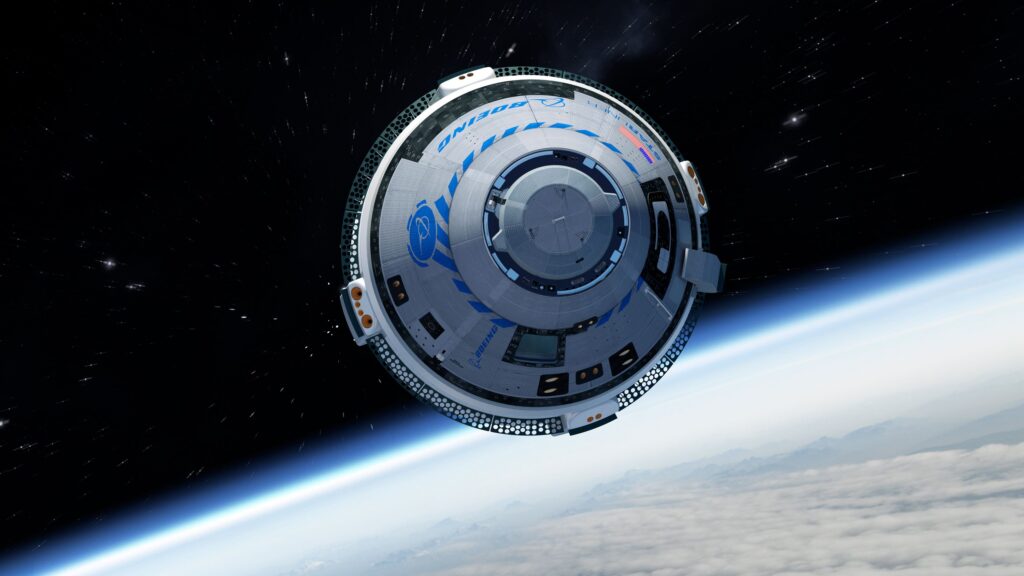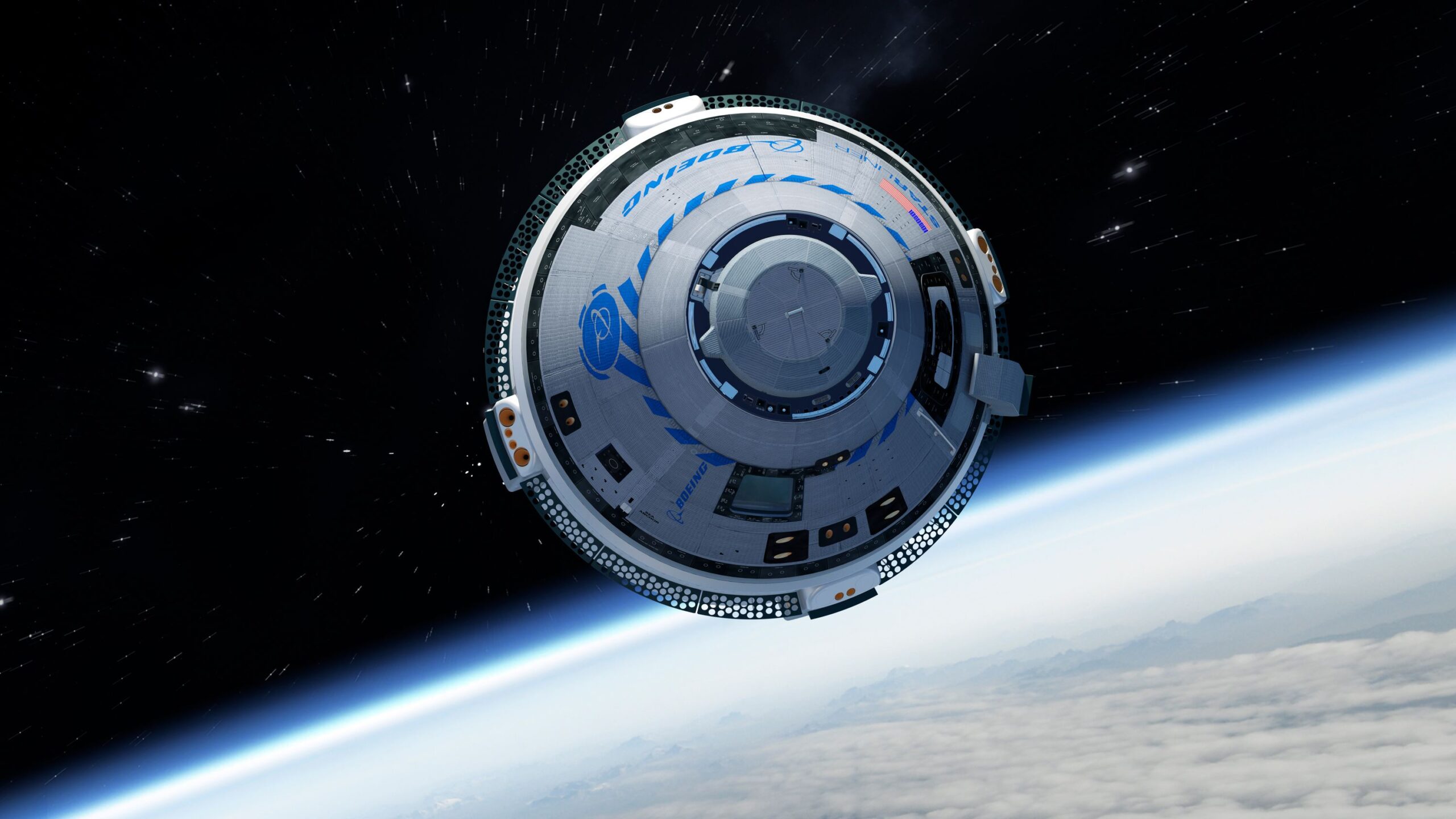Boeing Starliner, Starliner mission, NASA astronauts, ISS return mission, space exploration, Boeing spacecraft, NASA certification, SpaceX Crew Dragon, astronaut missions, commercial space travel, Starliner technical challenges, NASA Boeing partnership
The Boeing Starliner spacecraft is set to undock from the International Space Station and return to Earth on June 22, marking a critical milestone for NASA’s space program. This mission, which includes NASA astronauts Butch Wilmore and Suni Williams, is a crucial test before the Starliner can be certified for routine astronaut missions. Learn more about the mission’s challenges, future prospects, and its significance for commercial space travel.

Boeing Starliner Set for June 22 Undocking and Return to Earth: A Crucial Milestone for NASA’s Space Program
WASHINGTON (Reuters) – The Boeing Starliner spacecraft is scheduled to undock from the International Space Station (ISS) and return to Earth on June 22, carrying its inaugural astronaut crew. This announcement was made by NASA on Friday, highlighting the importance of finalizing the planning for this complex process.
Background of the Starliner Mission
NASA astronauts Butch Wilmore and Suni Williams were launched aboard the Starliner on June 5 and successfully arrived at the ISS the following day. The 24-hour flight was not without challenges, as the spacecraft encountered four helium leaks and five failures of its 28 maneuvering thrusters. Despite these issues, the mission continued, showcasing the resilience and capability of both the astronauts and the Starliner.
Extended Preparation Time
NASA and Boeing have stated that the additional time before the undocking allows for thorough finalization of departure planning and operations. “The extra time allows the team to finalize departure planning and operations while the spacecraft remains cleared for crew emergency return scenarios within the flight rules,” NASA and Boeing said in a joint statement. The departure is targeted for no earlier than June 22, providing room for further extensions if necessary.
Duration and Landing of the Return Mission
The return journey to Earth is expected to last approximately six hours, with potential landing sites in the desert regions of Utah, New Mexico, or other backup locations, depending on the weather conditions at the time. The Starliner, although designed for future six-month missions, is currently capable of staying docked to the ISS for a maximum of 45 days.
The Significance of the Mission
This mission marks a critical last test in a program that has experienced multiple delays and budget overruns. Successful completion of this mission is essential for NASA to certify the Starliner for routine astronaut missions. Once certified, the Starliner will join SpaceX’s Crew Dragon as the second U.S. crew vehicle, enhancing NASA’s ability to transport astronauts to and from the ISS.
Technical Challenges and Resolutions
During its stay at the ISS, the Starliner encountered additional problems, including a fifth helium leak and an issue with an oxidizer valve. These problems are in line with the numerous challenges Boeing has faced with the Starliner over the years. Notably, a 2019 uncrewed test revealed dozens of software glitches, design problems, and management issues that prevented the spacecraft from docking with the ISS. However, a repeat uncrewed test in 2022 successfully docked, marking a significant milestone for the program.
Future Prospects and Commercial Opportunities
Assuming the current mission concludes successfully, Boeing will still have several challenges to address before the Starliner becomes fully operational and marketable to non-NASA customers. The success of this mission is pivotal for Boeing to position the Starliner as a viable spacecraft for commercial space travel, beyond its contractual obligations with NASA.
The Road Ahead for Boeing and NASA
The Boeing Starliner’s journey has been one of overcoming numerous technical and managerial hurdles. The upcoming undocking and return to Earth represent not only a crucial milestone for NASA’s space program but also a significant step forward for Boeing in the competitive landscape of commercial space travel.
The successful integration of the Starliner into NASA’s fleet will bolster the United States’ capacity for manned space missions, providing redundancy and ensuring continuous human presence in space. Moreover, it will open new avenues for commercial space travel, potentially leading to more frequent and accessible space missions.
Conclusion
The Boeing Starliner mission is at a critical juncture, with the scheduled undocking and return to Earth on June 22 being a significant event. The mission’s success will pave the way for the Starliner’s certification for routine astronaut missions and its entry into the commercial space travel market. As NASA and Boeing continue to navigate the challenges and complexities of space exploration, the achievements of the Starliner will undoubtedly play a pivotal role in shaping the future of human spaceflight.
References
- NASA and Boeing joint statements
- Technical reports on Starliner’s helium leaks and thruster failures
- Historical context of Boeing’s Starliner development and previous mission outcomes
- Interviews and comments from NASA astronauts and Boeing engineers
Read More
- NASA Unveils New Strategy for Space Sustainability Amid Orbital Risks
- Odysseus Moon Lander Reveals Earth Technosignatures: What Aliens Might See
- Samsung Galaxy S22 Ultra review And Complete Guide
- NASA PREFIRE Mission: Tiny Satellites Measuring Earth Polar Heat Loss










